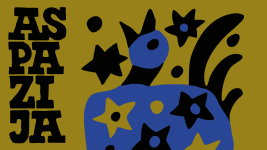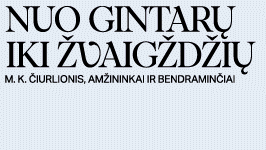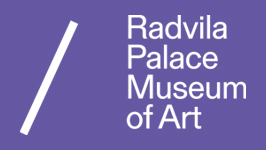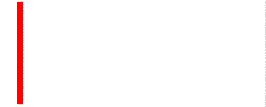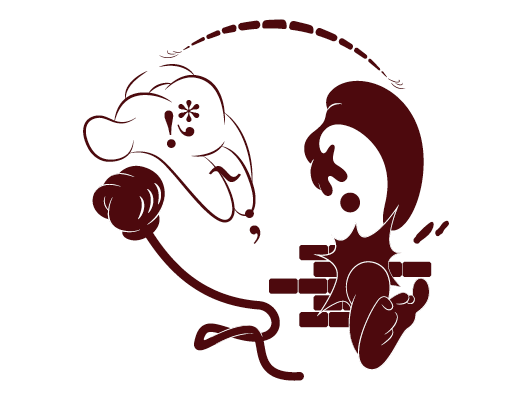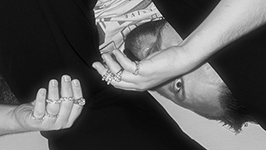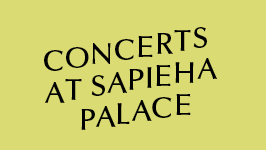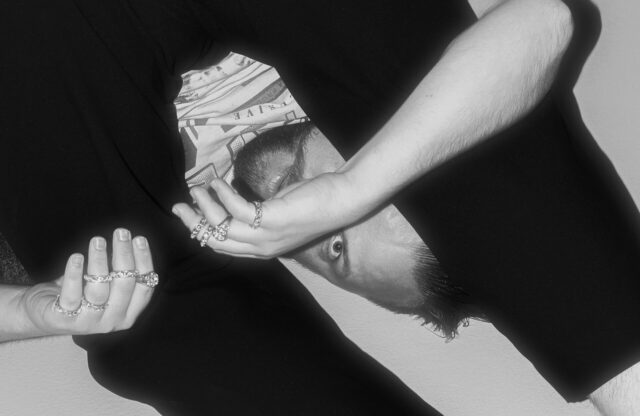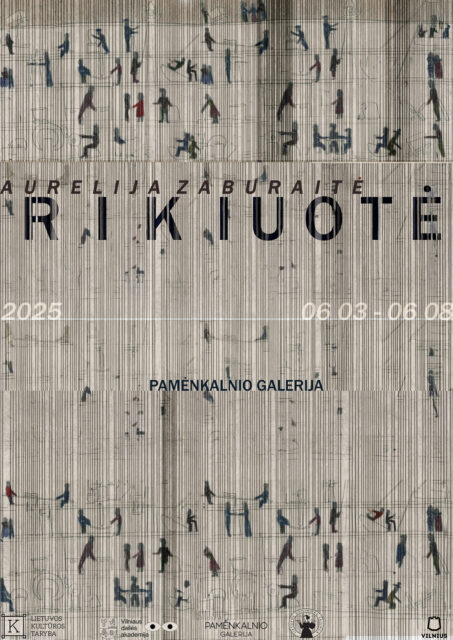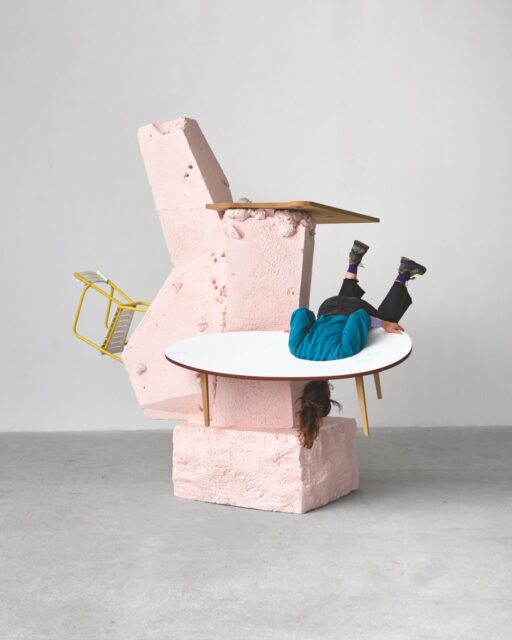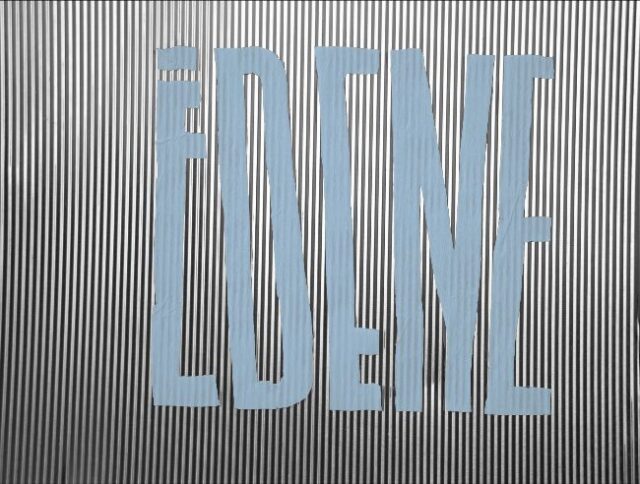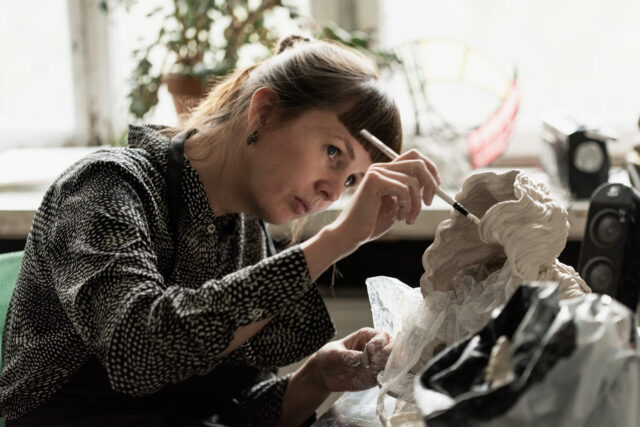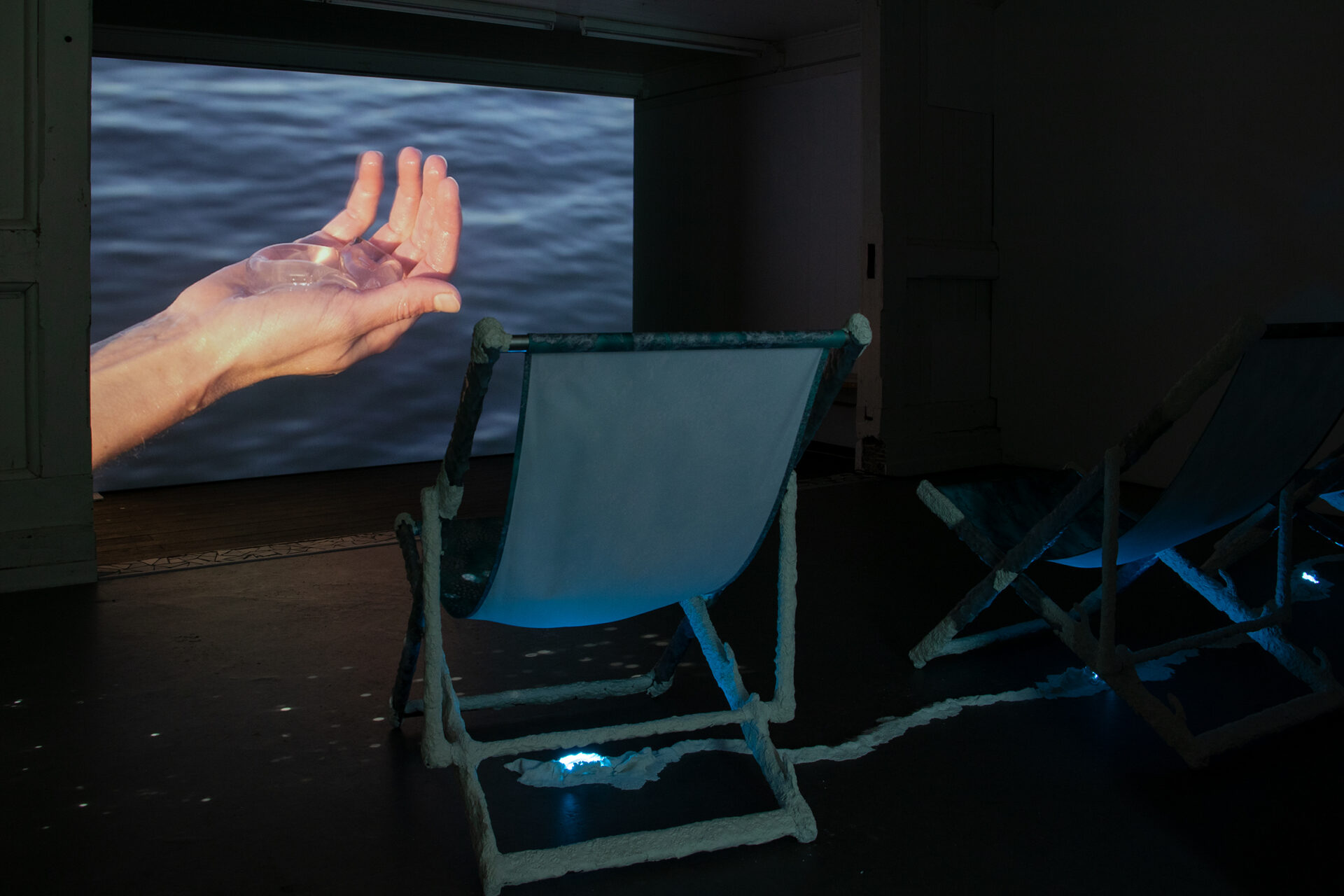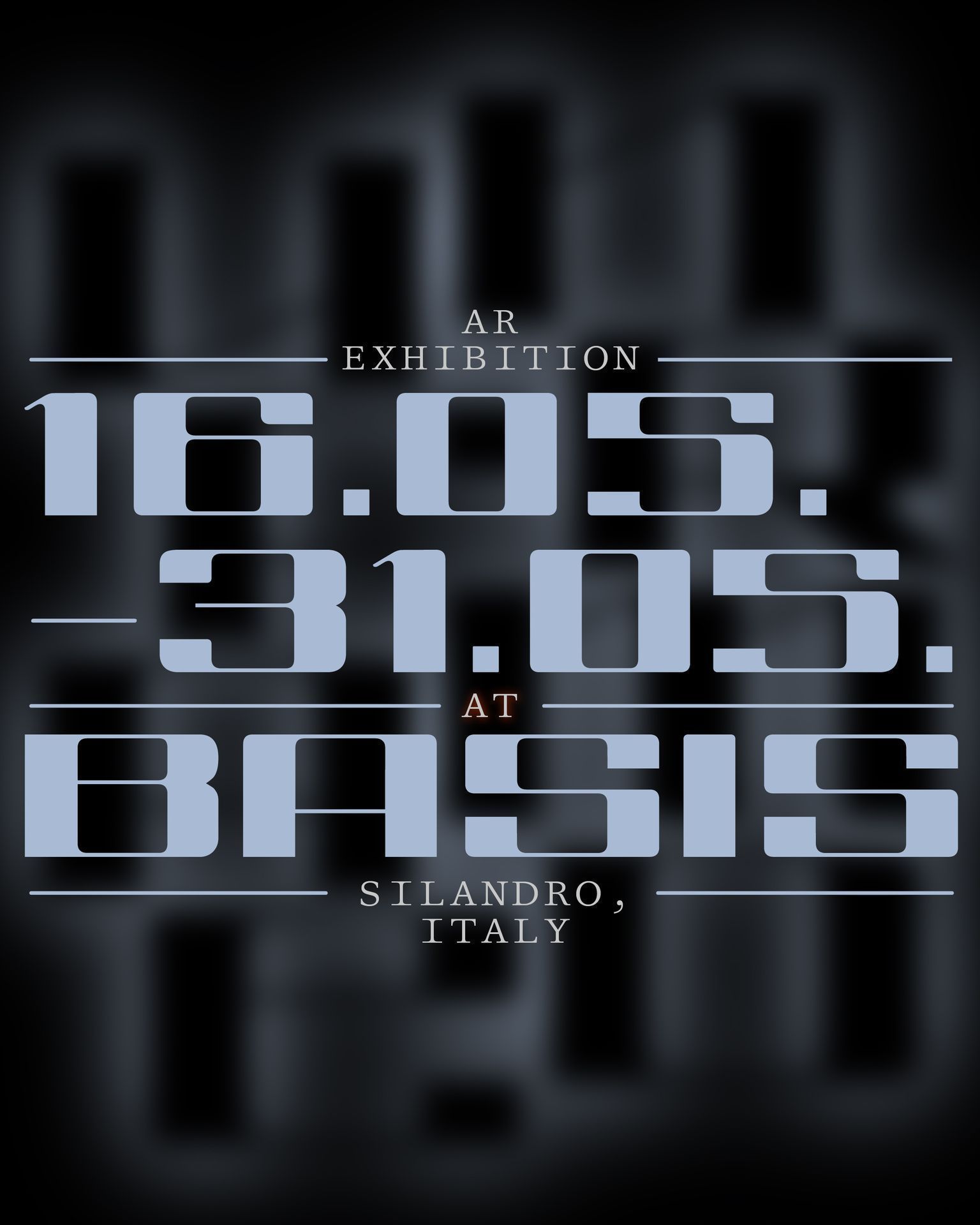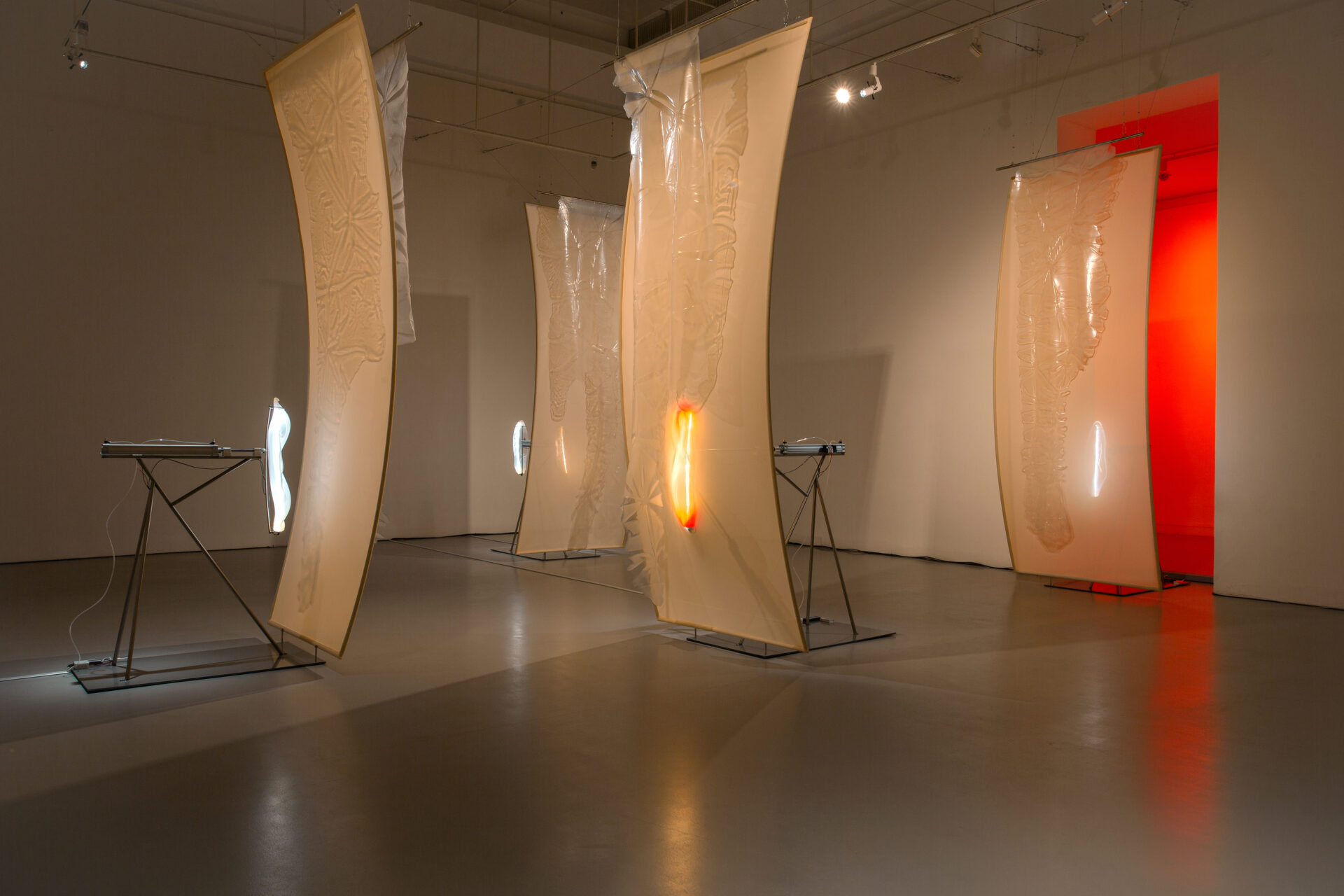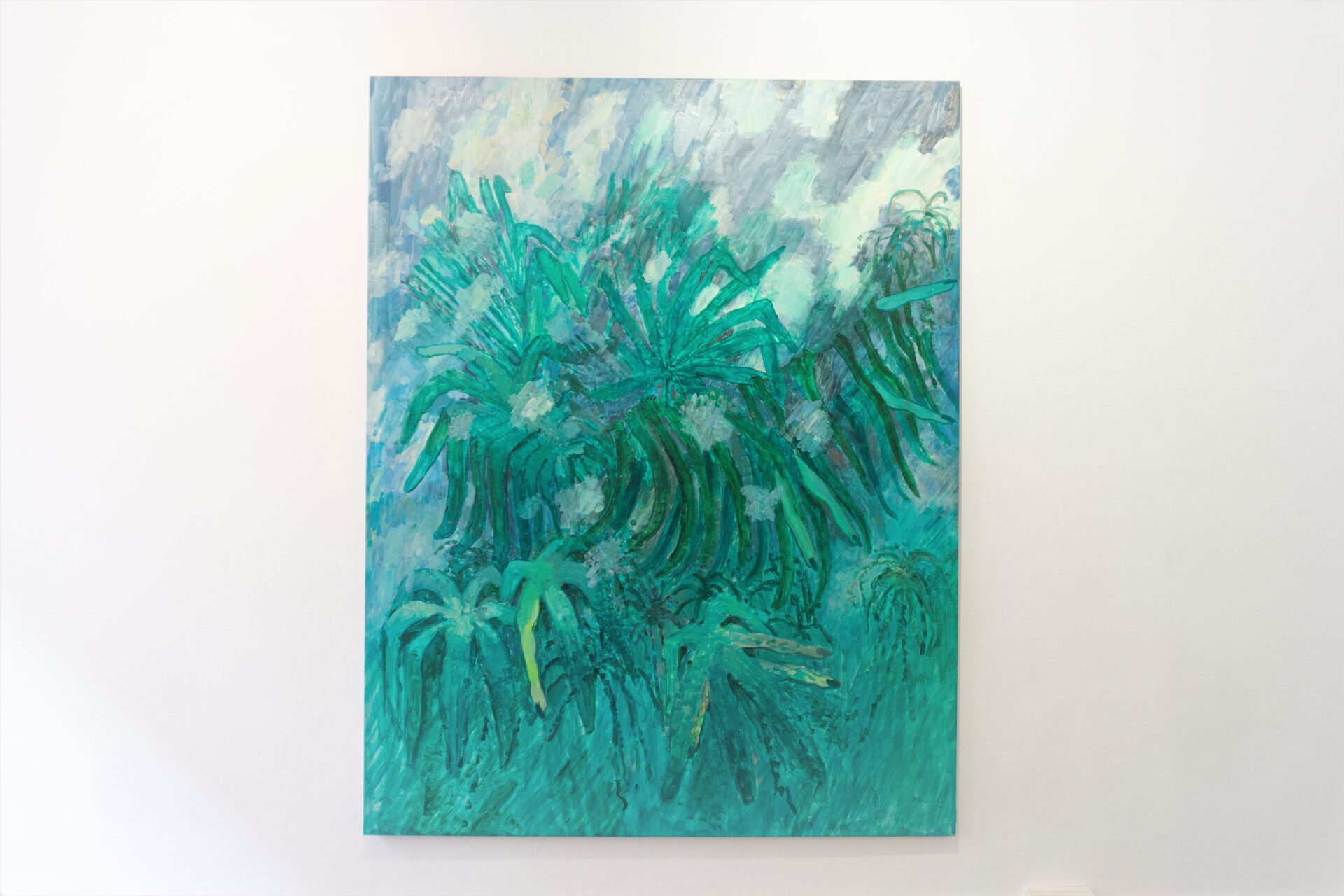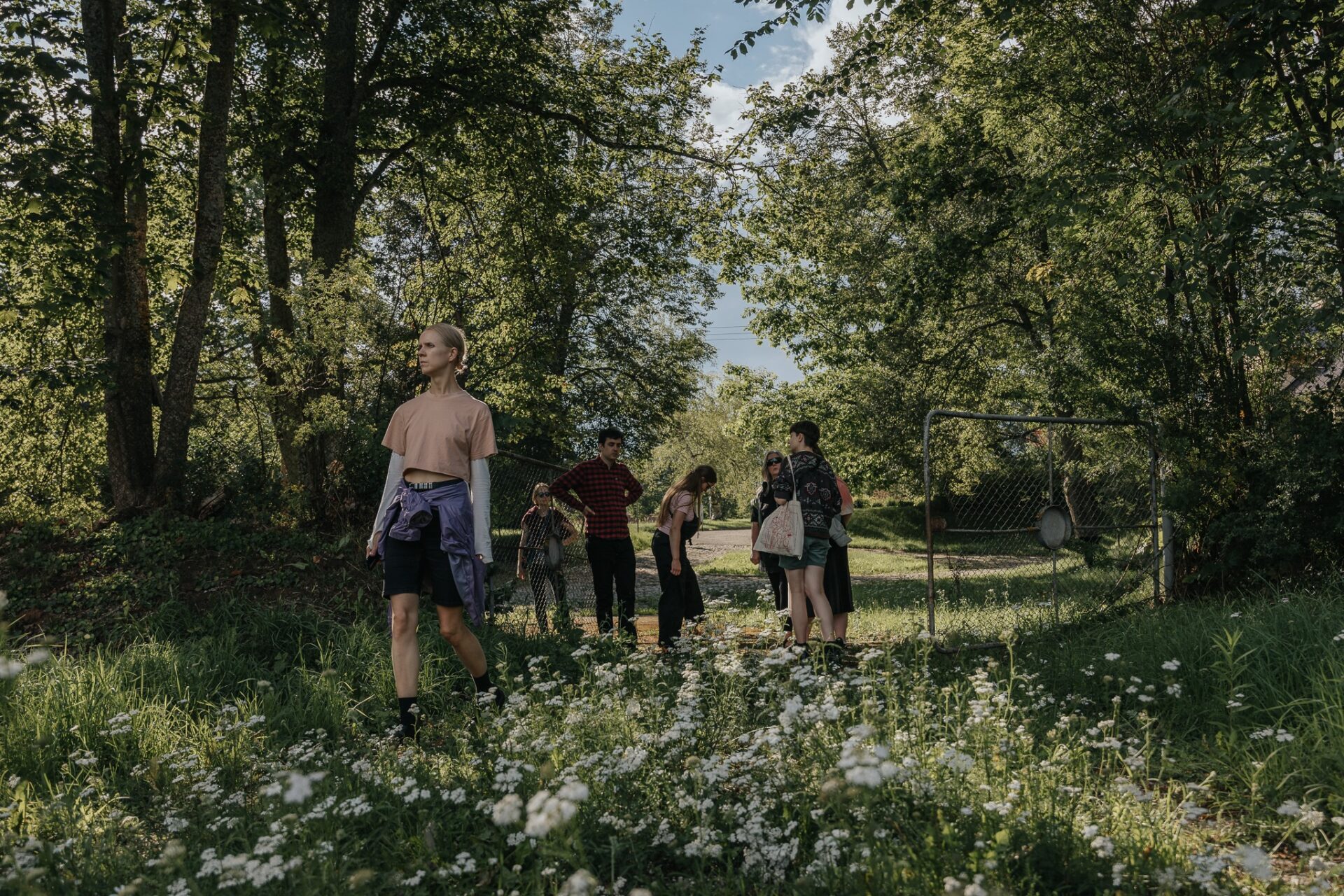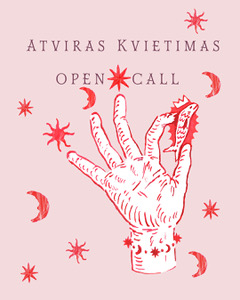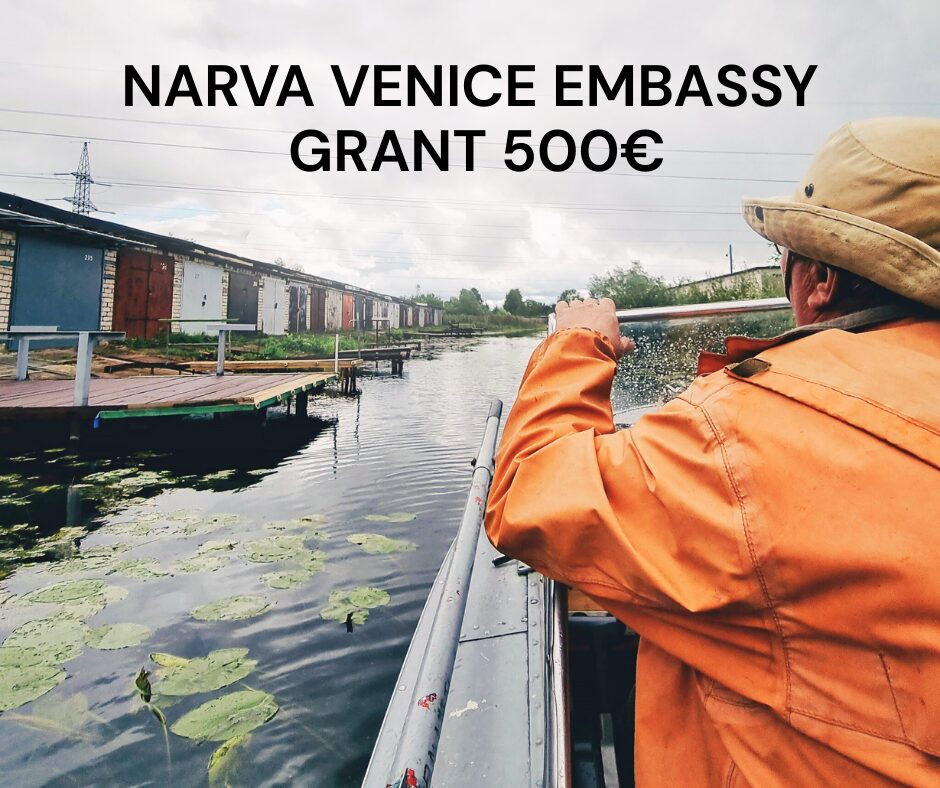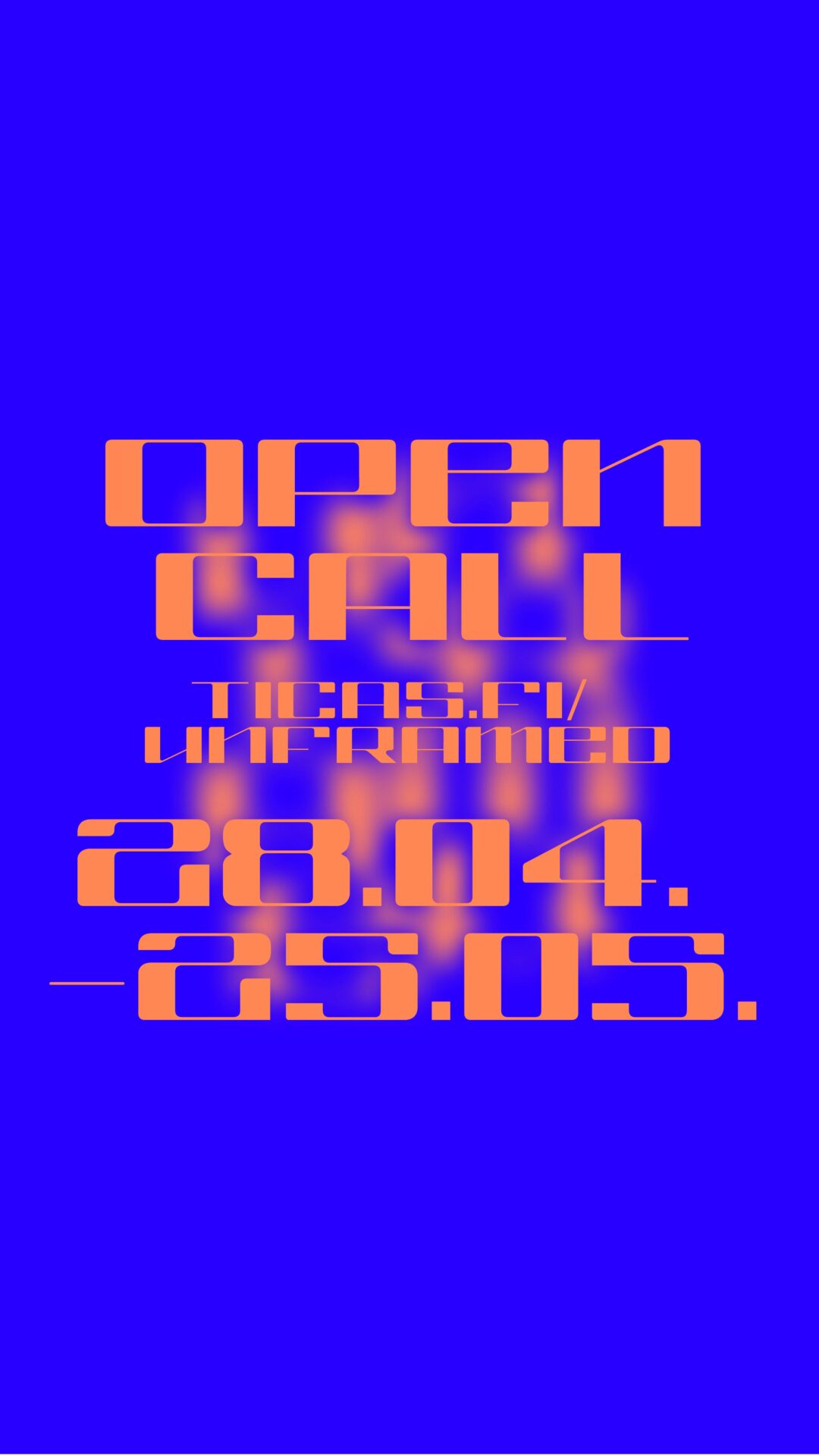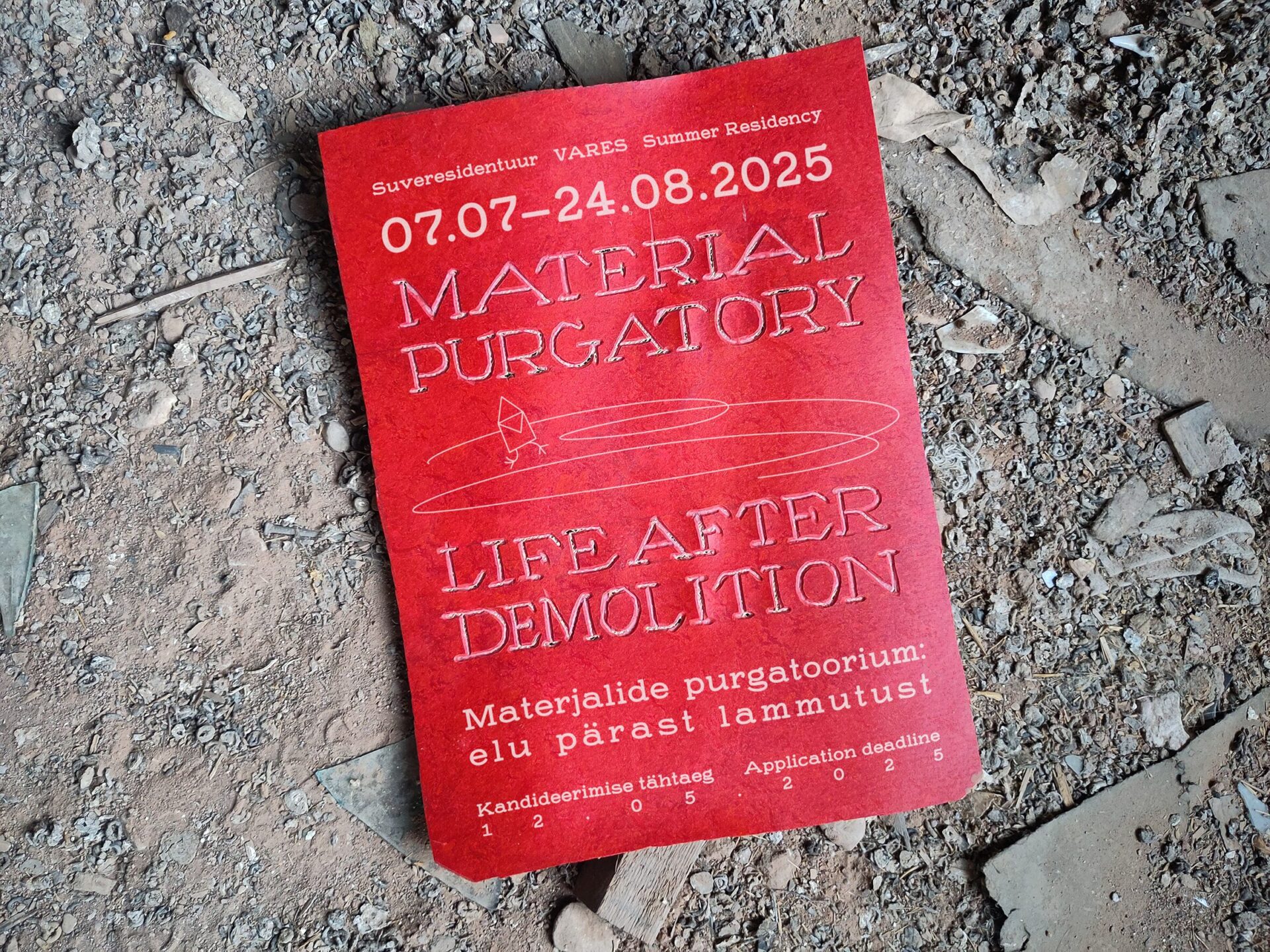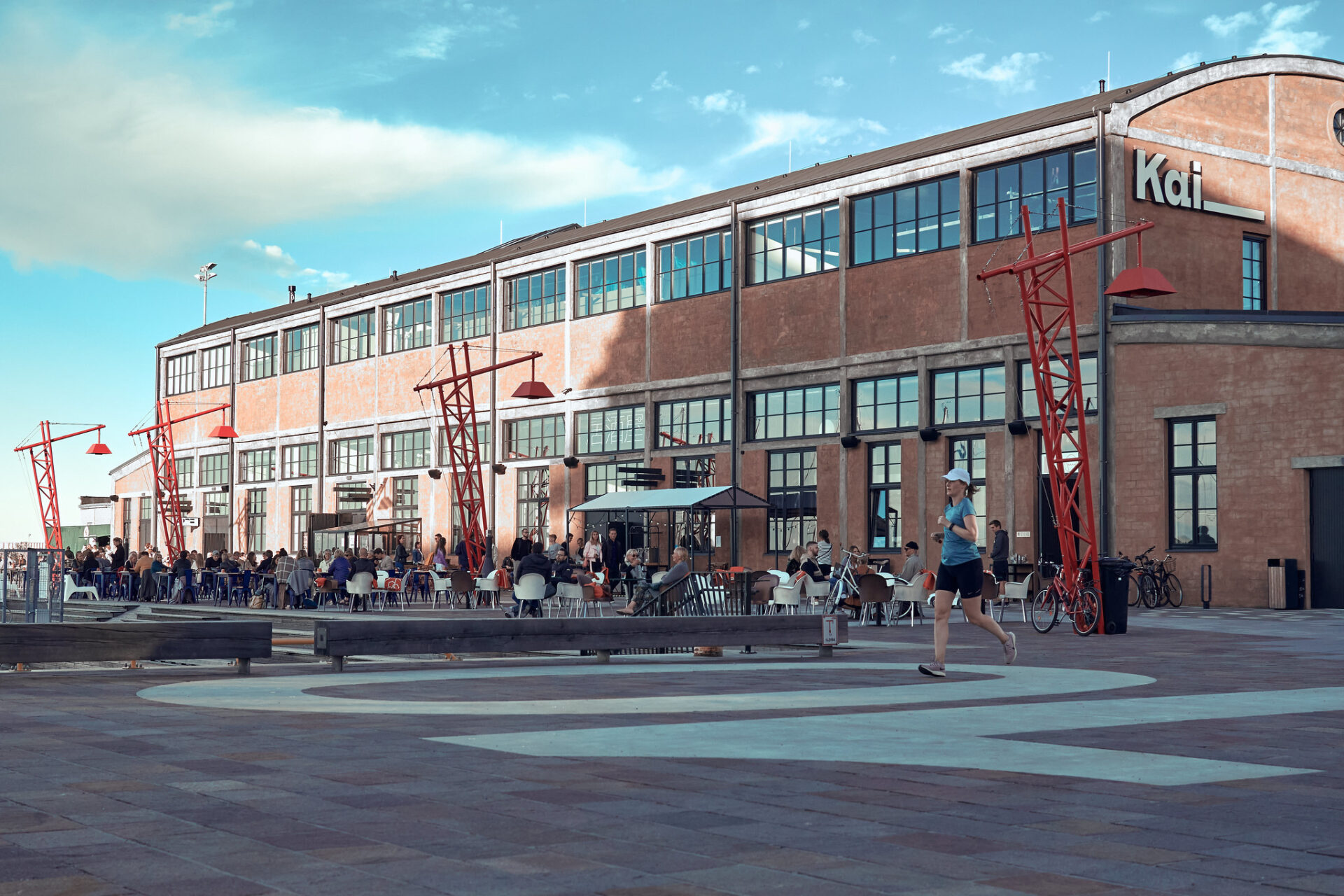Saulė Mažeikaitė: ‘Linking to the Place’ has been an ongoing project for the last couple of years. Can you tell us briefly how it started? To what place is the linking directed?
Dainius Liškevičius: About ten years ago, I was looking for an illustration from my beloved childhood book ‘Answer, Martians!’[i]. That was before my exhibition ‘Museum’ at the National Gallery of Art in 2012. And I couldn’t find it. A few years ago, I went out one day with the thought that I would simply go to a bookshop and find the book there. And that’s exactly what happened. I went, took the book down from the shelf, and opened it at the page of the illustration.
It depicts two Martians in conversation. One of them says: ‘There can be no life on Earth.’ This sentence used to haunt me all the time. Like a reconstructed memory, I couldn’t remember the author or the title, but I could remember what the two alien-Martians were talking about.
That paradoxical sentence ‘There can be no life on Earth’ was an introduction to this whole project. It is my Anthropocene. It was gone for a while, but now all the questions have been answered: we need to save the planet, or it will be too late…
And so the place itself is the link. For one, it’s the body to which you are tied, in which you reside: you may want to change it or run away, but you can’t, you have to find a compromise with it. Our planet Earth is also a place from which we are planning to escape, because all of those irreversible processes have already started: they are making us gather our forces and search for another planet. In the illustration, the Martians are talking about the time either before humanity came to Earth, or after it has left.
SM: That’s the mission of humanity: to conquer space. Actually, it’s one of the explanations of the human need to procreate.
DL: There are many theories. Earthlings proliferate like bacteria, and later these parasites can spread all across the galaxy …
Returning to that place you asked about, it is a real place, a homestead, in which life happens as though on an island. You can escape and live there as a recluse, you are hidden, you’re ‘saved’ upon coming there, like a computer file, while all the open tabs from Vilnius get closed, and you start LIVING only within that place, that present. Mowing the lawn.
That’s the prehistory of the Universe, of the exhibition, and of the place itself. The first story, it is a very important part of the exhibition, explains how I got there. When I came to look around, the owner pointed at a plane in the sky, and said: ‘It’s half past three. That plane is going to Mumbai [Bombay].’ Then I thought that I had already travelled over that homestead 13 years ago, when I was flying to Bombay. All right, I thought, this is not a coincidence. It’s proof that this place should be chosen.
So that might be called the inception of this story …
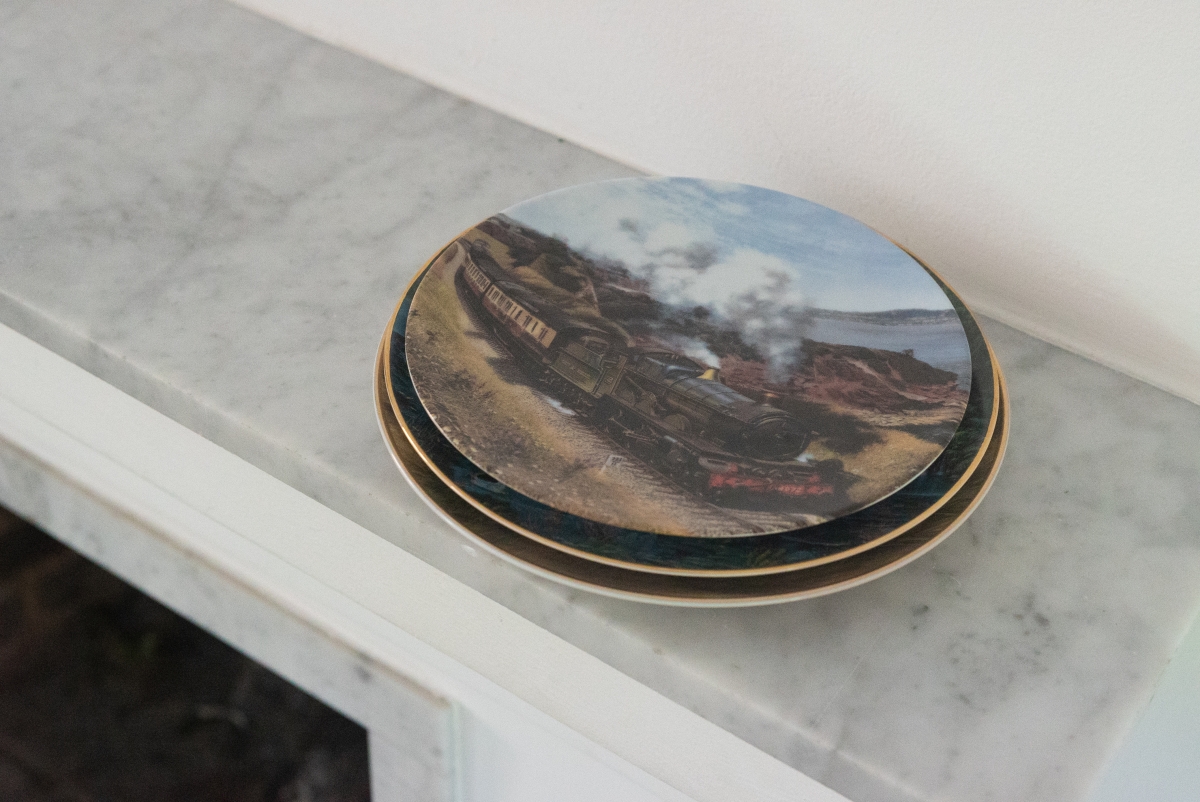
Exhibition ‘Linking to the Place’ by Dainius Liškevičius the Gallery (AV17). Photography: Laurynas Skeisgiela
SM: Can you say more about the stories behind particular objects, for example, the tree, the console, or the wallpaper which you put up in the first room of the gallery? The wallpaper looked very traditional to me, as if from an old house in the country. Except, of course, for the Martian motif.
DL: I used the illustration of Martians as a motif for the wallpaper. It is shown in the hallway and the room in which, in a way, I circle back to the beginning. They were based on the multiverse theory, which states that an infinite number of universes exist simultaneously.
A fallen apple tree was brought into the gallery space from a very particular geographical site (Event / (apple) tree). This way, the exhibition and the breaking of the tree are juxtaposed as parallel events.
The tree in the exhibition is linked to an existing place. That apple tree is both the start and the end of the exhibition. It appeared during the preparation process. It simply broke and fell, perhaps because of the wind or age. I realized that from the point of view of the Universe, the two events were parallel: the exhibition and the apple tree function together. Just before the opening, I decided to bring it into the exhibition space. Later, I’l cut it into pieces, take it back to the homestead, and burn it until the ashes return to the soil …
SM: Somehow, at first it seemed it was all created specifically for the space of the AV17 gallery. Did you wonder for long how it would fit inside?
DL: In order to deromanticize the apple tree, I decided to show documentation of how it was cut and transported. But in the exhibition, it works on a different level: it gives off a smell, there are bugs crawling all over it. I leave it to the viewers. They can see it as a mummy, which, nonetheless, still functions as an ecosystem, and which perhaps can still feel …
SM: What about that pile of copies of Šiaurės Atėnai[ii]? You burnt them at the opening. Is that part of the deromantisation process? You are burning the future (the performance ‘From Ashes to Ashes / Northern Athens [Šiaurės Atėnai]’)
DL: That act was inspired by the gallery’s fireplace. I didn’t want it to remain a passive part of the decor. If it’s there, it has to be active. The collection of biweeklies had been piling up since my student days. Back then, we used to treasure each and every issue of Šiaurės Atėnai. We’d keep it and take it round with us wherever we went. But now I try not to hoard things, but to get rid of them.
SM: Has it been difficult to put on an exhibition during the lockdown? Has the content been affected by the pandemic?
DL: The pandemic is global. Those who had houses in the country or other remote places ran away after making sure there was an internet connection. As the lockdown continued, I spent more and more time at my house in the country. What was happening and what happened seemed to be very much anticipated. The spring was the ‘pandemic’, but the summer returned to the usual rhythm. However, it is hard to hold exhibitions in the summer: you’re very keen on not doing anything at all.

Exhibition ‘Linking to the Place’ by Dainius Liškevičius the Gallery (AV17). Photography: Laurynas Skeisgiela
SM: You are active in the art world. You produce new work regularly. But it seems your recent exhibitions have become a lot more fragmented, they move away from that multiplicity of voices and the archival logic that were present in Museum(2012) and Labyrinthus(2014). That’s not only because your latest projects are on a smaller scale, but because today you are diving into nature, into primordiality.
DL: As you get older, nature, those ashes, they start calling you. From culture, you move towards nature. Even in culture, I’ve started to look for different things now. There’s no longer a need for multitude, for that insane intensity.
SM: To return to the exhibition, it seemed to me to be so clear, so well-thought out, although apparently it’s been affected by quite a few accidents. The chosen objects and their dialogue, and the materials you used (metal, wood), the exhibition is truly integral in all aspects. Although some pieces of the exhibition employ the arte poveraaesthetic, what is more important is the dynamic between the objects, between the objects and the viewers, between modernity and postmodernity.
DL: The AV17 gallery consists of only a few rooms, and that’s perfect for creating separate storylines. It is planned as an apartment, so you can initially enter into either one of the narratives. This helped me to construct the exhibition. I didn’t want to saturate it. I even took out some objects. At the beginning, I had other things on my mind, but during the process, it somehow started changing. I put up the wallpaper we mentioned. That’s the introduction to both the main narrative and the other rooms …
Religious objects introduce a sacral dimension. The console and the candlestick connect to the Owl’s Letter (project/plan of the newcomers’ camp ‘Great Owl 2020’ on planet X, drawing, owl faeces, canvas, wood). By the way, I kept preparing for an encounter with that owl. I wanted to make use of the visits. I would see it fly back, and then fly off again. Once I stretched the canvas over the frame, it came back for the last time and left a signature. But I didn’t want to turn its actions into art objects. But what the owl did was more of a ritual. Now I have to decode it. I’m trying to understand what it has sent me. It’s an act of shamanism.
The console (Untitled [console], 2020, wood, polychrome) is a sign pointing towards the owl, and the place from which it observes everything. The candleholders are linked to a search for another world. Initially, it was sought after by religion, which proclaimed its existence, but stated that it was very hard to discover; actually, the only way to reach it was to die. These days, after years of scientific discoveries, we are actually attempting to fly there. I wanted to merge the candlesticks into a unified object, a model of a cosmic ship. In the exhibition, they transform into a city or an architectural structure whose place HAS BEEN foreseen within the owl’s drawing. That’s because I consider the latter to be a topographical map depicting the newcomers’ habitat on planet X. There are two photographic visuals of the same landscape hanging on the walls: I wanted to include the dimension of time there. The photographer Modestas Ežerskis and I spent a whole day capturing the changing scenery. I took the photographs as if for myself. If I had to leave, I’d take that beautiful view of Earth with me as a reminder. Like a postcard that a movie hero puts into his pocket before leaving on a cosmic mission … (Bio I-II, colour photograph, aluminium).
There are also three plates exhibited, and a collection of very special pictures I’ve got. The first plate depicts David Lynch’s This Train, the other a kangaroo and a baby, the third a landscape. I included Lynch because there’s always that other parallel world present in his work, and he doesn’t need to construct any cosmic ships. Smoke moves towards a fireplace or a bonfire. The smoke pours out, and darkens our skies; but then you take Lynch’s train and travel away …

Exhibition ‘Linking to the Place’ by Dainius Liškevičius the Gallery (AV17). Photography: Laurynas Skeisgiela
SM: There has been so much written about your works. Moreover, the texts you yourself write and present at exhibitions are truly intriguing. Do the interpretations of your works align with your views? Or do they usually pass each other by? Or perhaps you don’t think about it or read any of the texts?
DL: It frustrates me when something completely unrelated is said. That discrepancy was once well described by the sculptor Mindaugas Navakas. Replying to something, he said it was merely the wrong evaluation of an exhibition. There is always a right one and a wrong one.
SM: From this point on, the conversation is joined by the gallerist and artist Aistė Kisarauskaitė at the Trivium gallery (Dainius preparing for a new exhibition).
Aistė Kisarauskaitė: Dainius is full of hope of surviving.
DL: There are going to be some more seats: perhaps in the fleet. Another way is to take the Lynch train.
AK: Haven’t you considered a bunker?
DL: It’s a topic for Hollywood. It requires lots of money.
AK: It’s not for Hollywood. Incidentally, I’ve been watching Netflix’s documentary series ‘Amazing Interiors’. One episode is about how abandoned bunkers can be renovated for potential buyers. In two or more weeks, they can make one into a safe shelter with a luxurious interior.
SM: Your exhibition ‘Vogue’ continues previous ideas
DL: ‘Vogue’ is a continuation of my work Stereotypical Images of Death (1995), which was created at the same time as the sculptures.
‘Vogue’ is like the sad end of humanity. It’s a Hollywood film in which we sit by the window in a moving train, watching zombies limping all over the place …
The works were collecting dust in the warehouse for a while, then I started to bring them into the daylight gradually. They speak of our present, or about the future, or about our subconscious fears.
SM: Aistė, why did you choose these pieces by Dainius? What do you like about them?
AK: The exhibition continues the gallery’s project to showcase the 1990s. Why did I come up with this project? Why do I like it? Often these older works, these ones in particular reveal a different side of Liškevičius. They reveal a broader spectrum of his artistic practice. They are very strong, powerful works of art; the emotions are really condensed, the vitality is there. Something which could also be a fascinating painting, a nuanced drawing: all of that is there.
SM: Thank you for the conversation.
[i] Pavel Klushantsev, ‘Answer, Martians!’, (1968). The illustration can be found in the Lithuanian edition, Marsiečiai, atsiliepkite!, Vilnius: Vaga, 1972, p. 35.
[ii] Šiaurės Atėnai (North Athens) is a Lithuanian cultural newspaper. It began in 1990.

